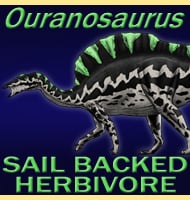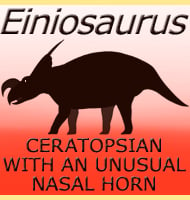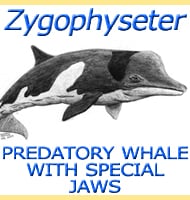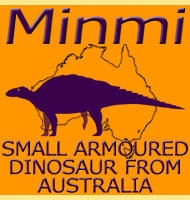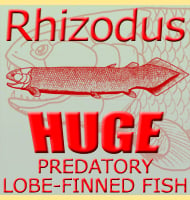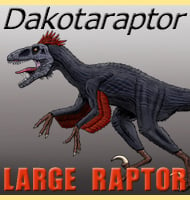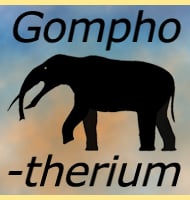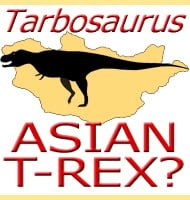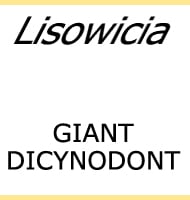In Depth
At the time of the genus description Coronodon caused a lot of excitement, as this genus represent one of the oldest baleen whales in the fossil record. Baleen whales, also known as mystecetids, certainly had ancestors that were active predators of other sea creatures. The teeth of Coronodon are shaped in such a way that they could slice through the flesh of large prey, but possibly also trap smaller organisms like krill. This is because the teeth of Coronodon are not straight cutting blades, but have cusps that look like smaller teeth studded along the edge of one large single tooth
This appearance gives rise to the name Coronodon which means ‘crown tooth’, ‘corona’ being the Latin work for ‘crown’. Coronodon is not the only prehistoric whale to have teeth that look like this, but the appearance of Coronodon fossils in Oligocene aged deposits, suggests that Coronodon may have been amongst the first of its kind to adapt them. Later whales would take the development further and become exclusive filter feeders.
Further Reading
- The Origin of Filter Feeding in Whales. - Current Biology 27:1-7. - J. H. Geisler, R. W. Boessenecker, M. Brown & B. L. Beatty - 2017

